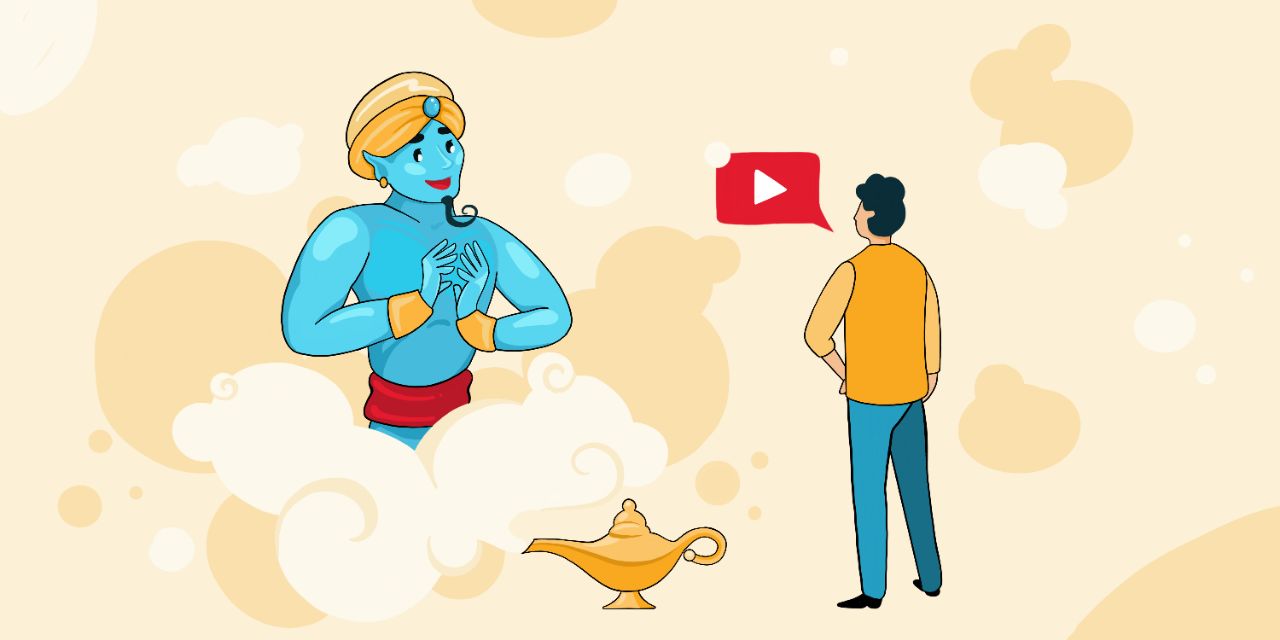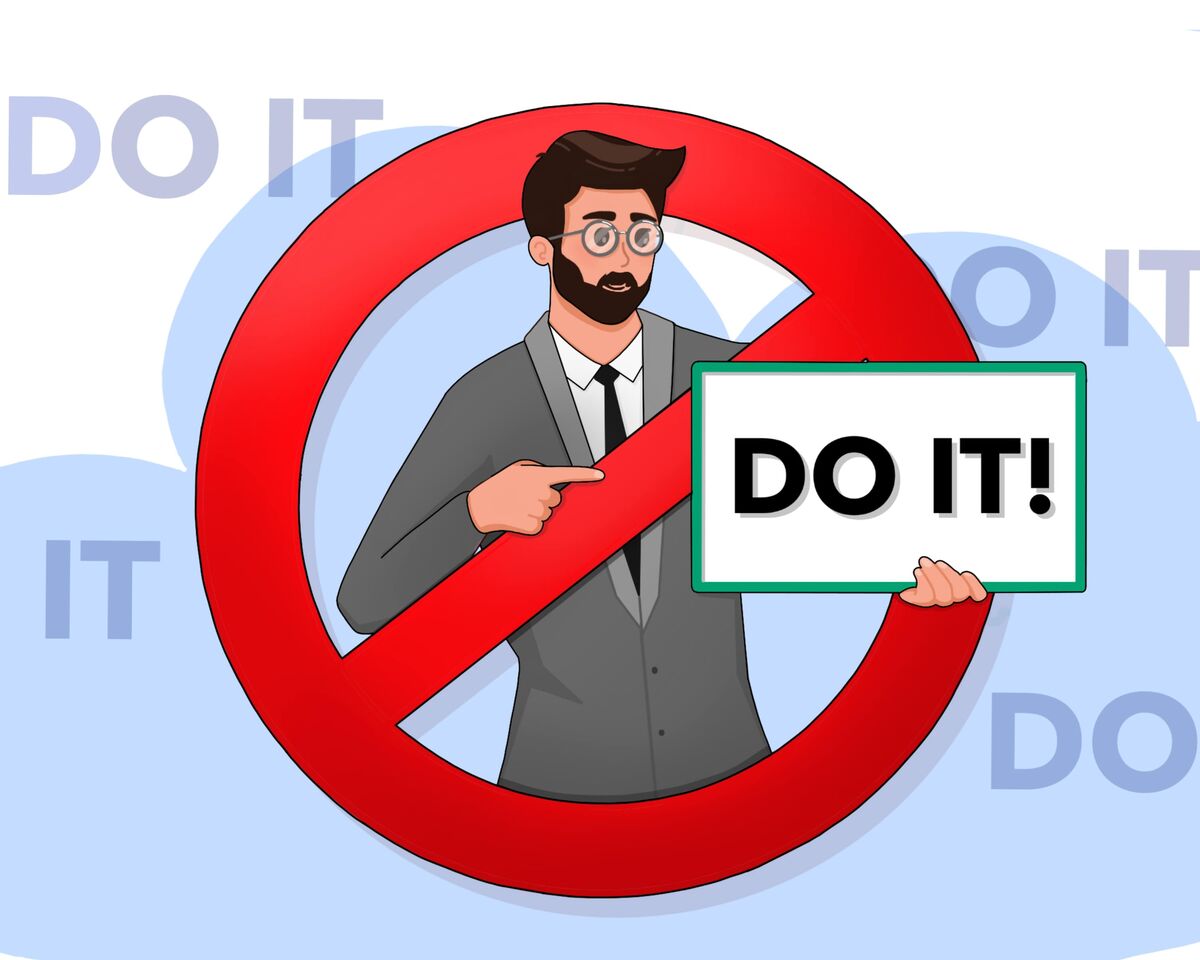“Why Wont YouTube Promote My Videos” and Other Popular Myths

YouTube simply couldn't go through its years of existence without leaving behind some urban legends. But myths and speculations are to some extent a sign of popularity and success. It's also strange that some platform creators are unwilling to learn the rules and principles. Content creators would prefer to believe that everything works much simpler than they imagined.
When YouTube provides various avenues for growth, creators may forge different paths to success and then share their various strategies for achieving that success. Thus, some soar to success through Shorts and promote this growth strategy, others diligently and qualitatively create video after video in their niche, making it their secret to success, while some excel at identifying trends and riding the wave.
That's why not all myths are outright lies and misconceptions. In different niches, on channels with different themes, and with various creators at the helm, the path to success can be different.
We decided to find and expose the blatantly false conclusions that could harm promotion on YouTube. And we'll start with myths about algorithms and YouTube promotion.
Myth #1. You upload a video and YouTube finds an audience for it
YouTube doesn't have the goal of taking a newly uploaded video on the platform and trying to find an audience for it. In this hierarchy, creators on the platform are undoubtedly important, but viewers come first for YouTube. Therefore, YouTube searches for the right video for its viewers, not the other way around.
This process consists of two parts: analyzing the interests of the viewers and analyzing what the video is about and who it's made for. YouTube excels in understanding viewer preferences by analyzing users' watch histories, search histories on the platform, and reactions to content, including negative ones, such as unwillingness to watch certain videos. Based on this data, YouTube constructs a personalized recommendations feed that aims to reflect the viewer's tastes as accurately as possible.
Next, YouTube moves on to analyze your video. A properly optimized video and channel play a significant role here. The video title, description, keywords, content, and theme provide signals to YouTube about the video's topic and potential audience interest. So, dedicating time to optimization is crucial. This way, YouTube will have a clear idea of who might find your video interesting.
After the aforementioned processes, the platform starts rolling out impressions to the video. Initially, it shows the video to a small group of people to test and gauge their reaction. If viewers watch the video, engage with it, leave comments, or even subscribe to the channel, YouTube will expand the video's reach to a larger audience and continue monitoring the results until the interest in the video starts declining.
By following this approach, videos can go viral. Positive audience responses lead to increased views and exposure for the video.
Myth #2. You need lots of subscribers and views, otherwise YouTube will not show your videos
The previous myth already partly clarified the situation with video impressions. However, many people still think that there is some special "rate" for large channels. How else can one explain that every video on big channels gains a huge number of views?
There are no special conditions for popular creators. The reason why large channels get more views is surprisingly simple: they have a larger number of subscribers who immediately watch the videos after they are uploaded to the platform. Big channels benefit from the trust and loyalty of their own subscribers, which leads to higher view counts.
YouTube evaluates the success of each video individually, without tying it to the size of the channel. However, the viewers who are genuinely interested in a channel actively follow and react to each new video. That's why YouTube showcases those videos to a larger audience compared to videos from smaller creators.
By the way, if you think that every video from a popular creator goes viral everywhere, that's not entirely true. But it might seem that way, as for smaller channels, 200,000 views or 400,000 views are equally huge numbers. However, for the channel owner, such a significant difference is a reason to reflect on why one video didn't resonate as well as expected.
Myth #3. Youtube promotes videos
The system doesn't promote videos. At all. YouTube doesn't have this type of goal. The way creators understand the term "promotion" and what it actually means for YouTube are two completely different things.
From YouTube's perspective, the absence of promotion means, for example, the inability to buy a spot in search results for a specific query. YouTube's goal is to support conscientious creators, and this support is evident through access to the Partner Program and monetization features.
However, creators perceive promotion as the process of getting their videos ranked higher in search results and appearing in recommendations. YouTube does indeed facilitate this process, but it doesn't consider it promotion. Instead, YouTube views it as a reasonable response to interesting content that appeals to viewers.
Myth #4. There should be a lot of videos on the channel, otherwise YouTube will not show them.
This is a very common misconception among creators – the belief that there should be a large number of videos on their channel because it's important for YouTube.
In reality, YouTube doesn't really care about the quantity of videos on your channel. YouTube evaluates each video individually, regardless of the total number of videos on your channel. What matters to YouTube is the audience's reaction to your content – the number of views, watch time, engagement (likes, comments), and overall audience retention.
So, why do some channels have hundreds of videos? It's for the viewers themselves. If a channel has only 5 videos, and a viewer has already watched all of them, they might only subscribe if they are genuinely captivated by the content and are eager to see what comes next.
In contrast, larger channels have an advantage in this aspect. When viewers see a channel with a substantial video library, they are more likely to subscribe, knowing that there is plenty of content to explore and enjoy without the fear of running out of videos to watch. This is one of the reasons why larger channels tend to attract more subscribers.
Myth #5 You need to post every day, otherwise they will forget about you.
YouTube has been analyzing the impact of video publication frequency on the number of views for many years, and unless considering minor fluctuations, there is no significant correlation between the two.
In fact, most viewers understand that creating high-quality content takes time, and they are willing to wait for their favorite creators. Exceptions might be temporary trends, as they are fleeting, and hesitating to jump on them can cause a missed opportunity.
For instance, the "Wendy's Dance" was popular for about a month, if not less, and those who managed to ride the hype wave during that time gained attention. However, now it's already forgotten, as numerous other trending topics have overshadowed its popularity.
YouTube specialists strongly advise creators to consider the risk of creative and emotional burnout, which can affect anyone. Viewers can quickly become disillusioned with creators who prioritize quantity over content quality by bombarding them with videos every day. This may mean daily content creation doesn't make much sense and can even do more harm than good. It will all depend on your individual content strategy.
Myth #6. If the number of views is less than the number of subscribers, then YouTube is limiting you.
Indeed, since YouTube's algorithms have changed and the recommendation system has been introduced, your videos may not be shown to all of your subscribers. It's quite an interesting system: just because someone has subscribed to your channel doesn't mean they will receive notifications or see your video on their homepage.
This is because YouTube shows videos to those who have demonstrated interest in your channel, related topics, and similar content. On the other hand, among your subscribers, there could be hundreds of people who are no longer interested in your content but haven't unsubscribed. Not many people regularly clean up their subscriptions.
Therefore, it's normal, especially for educational channels, to have fewer views than the total number of subscribers. Additionally, it's possible that certain topics are more interesting to some viewers, so they will watch one video but not another.
Myth #7. One bad video will ruin the entire channel
Well, not really.
Let's go back to the fact that YouTube evaluates each new video on the platform separately. So, even if it doesn't get many views and the analytics leave something to be desired, it won't affect your channel as a whole, let alone the new videos you'll release.
However, if a user stops watching most of your recommended videos, the number of views on your channel may decrease. In this case, it's better not to be disheartened by one video, but to think about why it didn't resonate with the audience and take that into account in future videos.
Myth #8 No one watches long videos.
In reality, this question is not about the length of the video but rather why the viewer is not watching it. Often, creators find it difficult to determine the ideal video length. While it's possible to go by personal intuition, there is a chance that the viewer retention and watch time will be low. This, in turn, signals to YouTube that your video might not be as engaging to the audience.
Looking at Briggsby statistics, there is a correlation between video length and the number of likes per 100 views. Videos with a length of 15-17 minutes tend to be most effective in gaining views and likes for the creators.
However, it doesn't mean that videos of different lengths are doomed to fail. Longer form videos, compared to the mentioned statistics, can still perform well depending on the channel's theme, content delivery, scripting, and format of the videos.
Hour-long interviews or ASMR for sleep can be highly engaging even if they last more than 20 minutes. Additionally, don't forget that Shorts, despite some creators' opinions, are very popular among viewers.
All of this means that your length should be determined by the format of your channel. So the best advice is to analyze your watchtime comprehensively and impartially.
Myth #9 Youtube limits SHORTS videos
A myth about an "8-minute" rule seems to be circulating among some YouTubers, suggesting that YouTube doesn't promote videos of this length.
First of all, as you already know, YouTube doesn't promote anyone's videos specifically. Secondly, you can confidently upload videos with a duration of up to 8 minutes if this format is convenient for you and, most importantly, if your audience enjoys it.
YouTube does not have any limitations when it comes to showing short videos. The only restriction on the platform is that videos longer than 12 hours are not allowed to be uploaded. So, feel free to create and upload videos that suit your content and preferences, regardless of their length within the platform's guidelines.
So keep it up and don't worry.
Myth #10 There must be a lot of keywords and tags, otherwise you won’t succeed on YouTube
Overestimating the importance of video optimization may seem impossible - there are always questions, and it feels like it can be done better. But in pursuit of perfect optimization, many creators make one universal mistake - they provide too much information about the video. Information itself is wonderful, but it must be structured, clear, understandable, and free of fluff.
While video titles are usually fine, it's the descriptions and tags that many, surprisingly, go overboard with. If you want to add more keywords to the description, do it in the form of readable and well-written text that will inform viewers about your video.
Listing a bunch of keywords and phrases separated by commas won't work. Besides, it violates the community guidelines. YouTube views this as spam, deception, and fraud.
If you start adding more and more unrelated "keywords" to your video, it can lead to YouTube simply not understanding who your video is intended for. In the pursuit of views, creators try to include as many words as possible, including those that are currently popular on the platform but have no connection to the video or channel's theme.
Yes, you may get a few extra views, but the viewer will likely close your video quickly, realizing that it's not what they were looking for. This will signal to YouTube that your video was not well-received.
It's important to focus on relevant and accurate metadata for your videos, including titles, descriptions, and tags. This helps YouTube's algorithm understand your content better and ensures that your videos reach the right audience who will be interested in watching them. Trying to game the system with irrelevant keywords may lead to short-term gains in views, but it can harm your channel's long-term growth and reputation. Providing valuable and relevant content will attract a loyal and engaged audience, which is more valuable in the long run.
Advice: If you can easily explain what your video is about and who it's for, then do so. There's no need to try to deceive the system. Think about how you would describe your video to a stranger to capture their interest. Be genuine and transparent in your content creation and optimization. By providing an honest representation of your video, you can attract the right audience and build trust with your viewers.
Tags, in fact, are often overestimated by creators. As noted by YouTube specialists themselves, tags are necessary in cases where viewers might make spelling errors or mistakes while searching for videos. "We recommend adding tags if viewers commonly make mistakes in their searches. In other cases, it is optional."
However, if you want to increase your chances of promotion, don't hesitate to fill in the tags field. It only takes two minutes, and it helps YouTube understand whom to show your video among the 2.5 billion people on the platform.
Myth #11 The yellow monetization icon is an end of your YouTube career
Restrictions on monetization occur due to community guideline violations or the presence of content unsuitable for advertising. This affects specific videos as YouTube will try not to show them to a large number of users, but it does not apply to your entire channel.
If you receive a yellow coin icon, it does not mean that all your content will be limited in audience reach. However, videos with a yellow coin icon will receive fewer views because it indicates that the video has an age restriction of 18+. As a result, you have already reduced your potential audience, and YouTube cannot show your video to all viewers.
It's essential to remember that YouTube's viewers under the age of eighteen also include unregistered users who visit the video platform. Hence, there is a correlation between the yellow coin icon and a decrease in reach and views.
Myth #12 Only large channels are selling advertisements
Yes, some brands may choose to collaborate with large creators because they need publicity and brand exposure, while others may opt for different options because their goal is direct sales.
Collaborating with prominent channels can indeed involve significant costs and risks, making them less advantageous for all brands. Additionally, many companies have a relatively narrow target audience, which they can precisely reach through a smaller but more niche-themed channel.
Advertising to a small but devoted audience can be much more effective than yet another integration with a channel that has millions of subscribers. The key is to find the right fit for the brand's objectives and target audience, whether it's a large or small channel.
Myth #13 The main focus of your content should be to provide a benefit, don’t worry about production quality.
No, and no again.
Competition on YouTube has set a very high standard for video quality, and it keeps increasing with each passing year.
Your content may be super useful and interesting, but the way it is filmed must also be good. It doesn't necessarily mean you have to hire specialists and spend a lot of money, but the filming quality and basic editing should be up to par.
Besides, apart from creators competing with each other, viewers have also become accustomed to excellent quality and are no longer willing to settle for less.
In reality, there are many more myths and legends about YouTube. However, we have addressed some of the most commonly encountered ones you will come across on your journey.
We receive numerous questions in our editorial office about why some people feel YouTube doesn't favor them or why they experience a "shadow ban." To all of them, our universal answer is this: study the platform through experience and don't believe in mysterious theories spread by YouTubers out of ignorance. Good luck!




